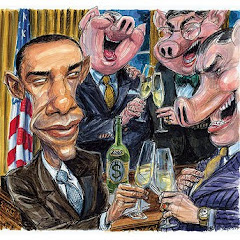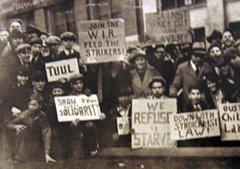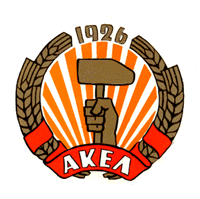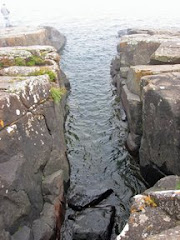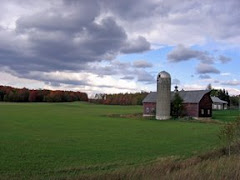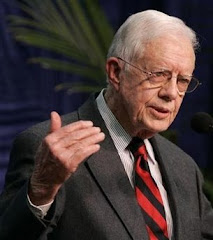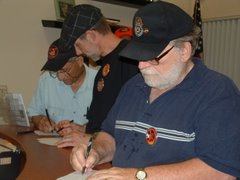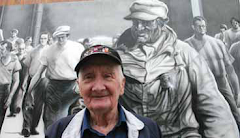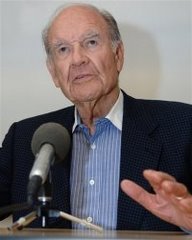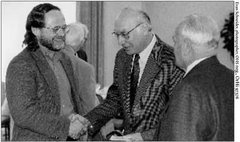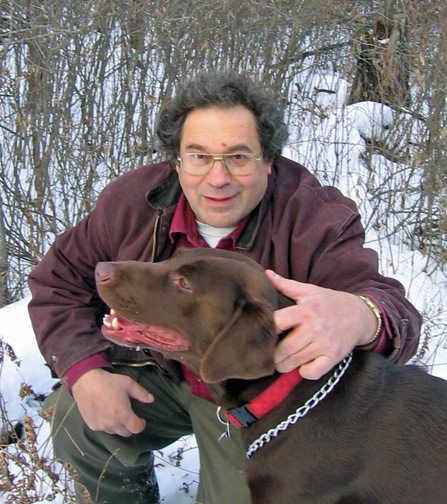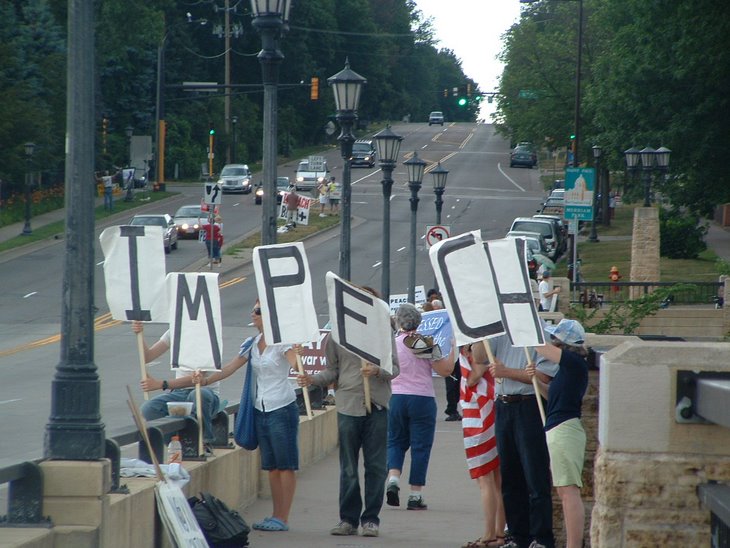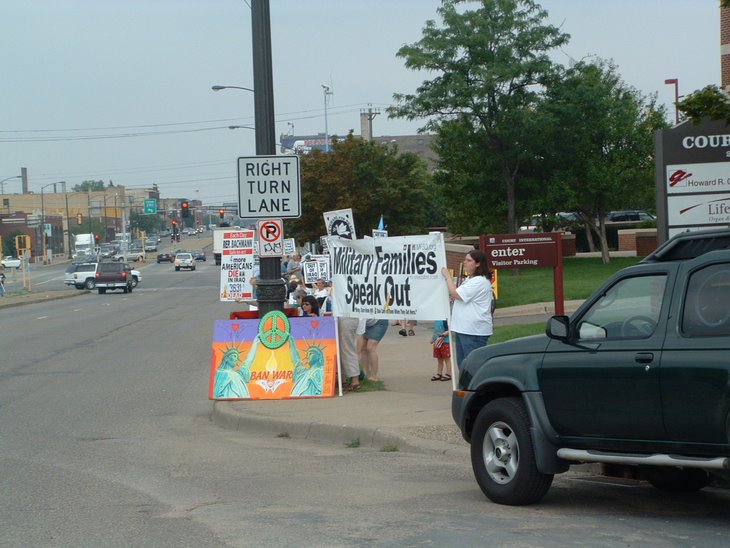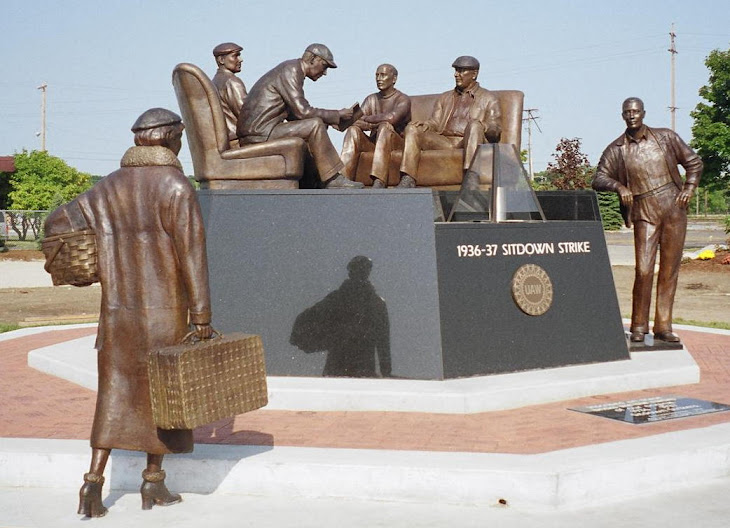Aboriginal children were deliberately starved in the 1940s and ’50s by government researchers in the name of science.
Milk rations were halved for years at residential schools across the country.
Essential vitamins were kept from people who needed them.
Dental services were withheld because gum health was a measuring tool for scientists and dental care would distort research.
For over a decade,
aboriginal children and adults were unknowingly subjected to nutritional
experiments by Canadian government bureaucrats.
This disturbing look
into government policy toward aboriginals after World War II comes to
light in recently published historical research.
Photos
View gallery
-
 zoom
zoom
When
Canadian researchers went to a number of northern Manitoba reserves in
1942 they found rampant malnourishment. But instead of recommending
increased federal support to improve the health of hundreds of
aboriginals suffering from a collapsing fur trade and already limited
government aid, they decided against it. Nutritionally deprived
aboriginals would be the perfect test subjects, researchers thought.
The details come from
Ian Mosby, a post-doctorate at the University of Guelph, whose research
focused on one of the most horrific aspects of government policy toward
aboriginals during a time when rules for research on humans were just
being adopted by the scientific community.
Researching the
development of health policy for a different research project, Mosby
uncovered “vague references to studies conducted on ‘Indians’ ” and
began to investigate.
Government documents
eventually revealed a long-standing, government-run experiment that came
to span the entire country and involved at least 1,300 aboriginals,
most of them children.
These experiments
aren’t surprising to Justice Murray Sinclair, chair of the Truth and
Reconciliation Commission. The commission became aware of the
experiments during their collection of documents relating to the
treatment and abuse of native children at residential schools across
Canada from the 1870s to the 1990s.
It’s a disturbing piece of research, he said, and the experiments are entrenched with the racism of the time.
“This discovery, it’s
indicative of the attitude toward aboriginals,” Sinclair said. “They
thought aboriginals shouldn’t be consulted and their consent shouldn’t
be asked for. They looked at it as a right to do what they wanted then.”
In the research paper,
published in May, Mosby wrote, “the experiment seems to have been
driven, at least in part, by the nutrition experts’ desire to test their
theories on a ready-made ‘laboratory’ populated with already
malnourished human experimental subjects.”
Researchers visited
The Pas and Norway House in northern Manitoba in 1942 and found a
demoralized population marked by, in their words, “shiftlessness,
indolence, improvidence and inertia.”
They decided that isolated, dependent, hungry people would be ideal subjects for tests on the effects of different diets.
“In the 1940s, there
were a lot of questions about what are human requirements for vitamins,”
Mosby said. “Malnourished aboriginal people became viewed as possible
means of testing these theories.”
These experiments are
“abhorrent and completely unacceptable,” said Andrea Richer,
spokesperson for Aboriginal Affairs and Northern Development Minister
Bernard Valcourt.
The first experiment
began in 1942 on 300 Norway House Cree. Of that group, 125 were selected
to receive vitamin supplements, which were withheld from the rest.
At the time,
researchers calculated the local people were living on less than 1,500
calories a day. Normal, healthy adults generally require at least 2,000.
In 1947, plans were
developed for research on about 1,000 hungry aboriginal children in six
residential schools in Port Alberni, B.C., Kenora, Ont., Schubenacadie,
N.S., and Lethbridge, Alta.
One school for two
years deliberately held milk rations to less than half the recommended
amount to get a ‘baseline’ reading for when the allowance was increased.
At another school, children were divided into one group that received
vitamin, iron and iodine supplements and one that didn’t.
One school depressed levels of vitamin B1 to create another baseline before levels were boosted.
And, so that all the results could be properly measured, one school was allowed none of those supplements.
The experiments, repugnant today, would probably have been considered ethically dubious even at the time, said Mosby.
“I think they really
did think they were helping people. Whether they thought they were
helping the people that were actually involved in the studies — that’s a
different question.”































